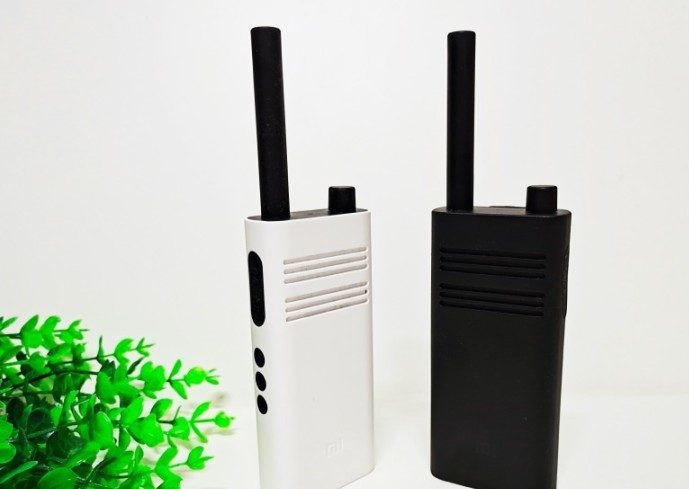Starting from the independent brand, Redmi has deeply imprinted the extreme cost-effectiveness in its genes, and the K30 has derived many models The production line series, in a sense, seems to be gradually moving towards classics amid the praise and urges of the masses. More than a year has passed, and the Redmi K30 series has finally completed its mission, and then handed over the baton to the new Redmi K40 series-Redmi’s first double flagships, Redmi K40 and K40 Pro.
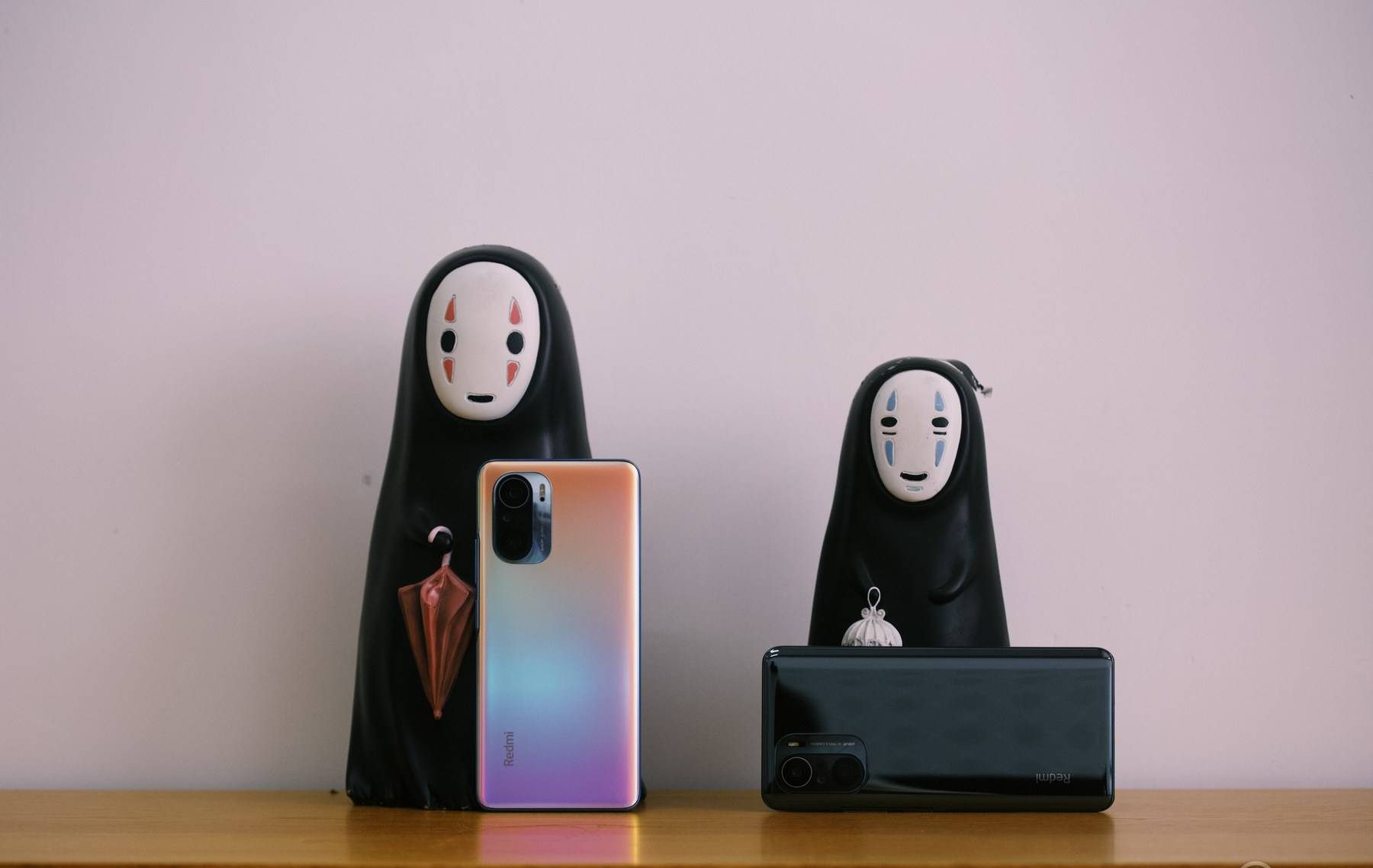
The whole series of upgrading is the upgrade strategy of the Redmi K40 series. And the reason for this confidence comes from the standard version of the Redmi K40 that also has the performance experience of the Pro flagship, and has fully evolved in terms of screen, audio and video.
Since it is a Twins Star, it means that even the Redmi K40 can be taken out alone, in fact, you can find that the difference between the two is very small from the outside to the inside, and more differences exist in what we can’t see. And the similarities between the two have already started from the appearance, so let’s talk about the similarities between the two first.
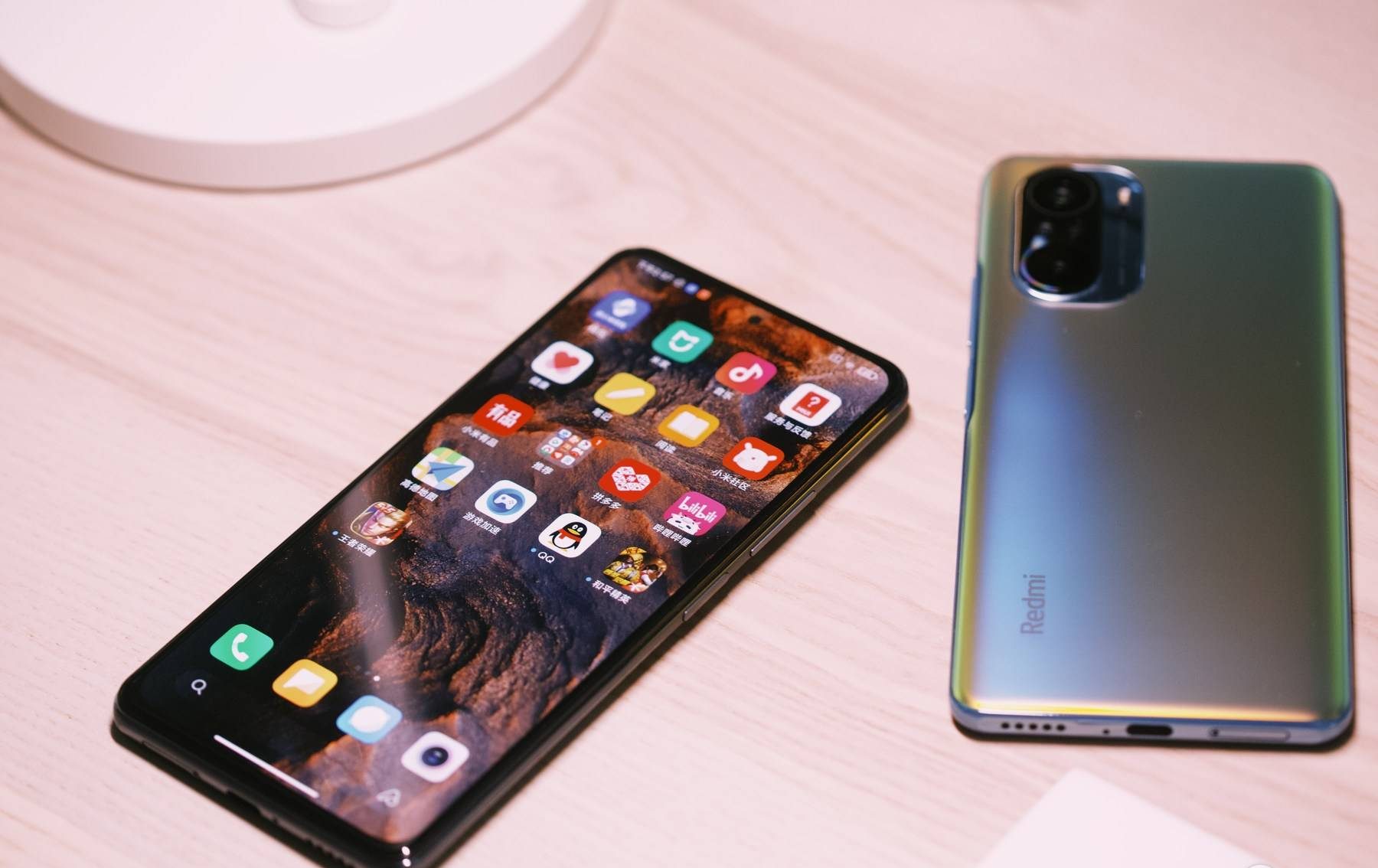
If you don’t consider the color, the appearance of Redmi K40 and K40 Pro can be summarized as exactly the same. Not only the macroscopic size and weight but also the details of the design are the same. With a weight of 196g and a thickness of 7.8mm, the Redmi K40 series feels very light and thin. 200g should have become the goalkeeper of 5G mobile phones. After extensive optimization and restructuring of the structure, Redmi K40 can be considered as crossing this threshold. Another result of the optimization is another keyword in appearance: symmetry.
There are 6 symmetrical openings on the top of the phone. This is the upper speaker of the Redmi K40 series, so all systems are equipped with dual speakers as standard, and the third opening on the right actually hides the infrared remote control which is more clever to make the top look orderly. Another symmetry is the camera on the back. The entire rear module is the main design style of Xiaomi this year. It is roughly similar to the circular track. The main camera and the telephoto macro lens are arranged on both sides. The ultra-wide-angle lens and the telephoto macro lens are arranged on both sides. The microphone is in the middle. The curvature of the peripheral camera cover is consistent with the curvature of the racetrack, so the symmetrical order is maintained as a whole.
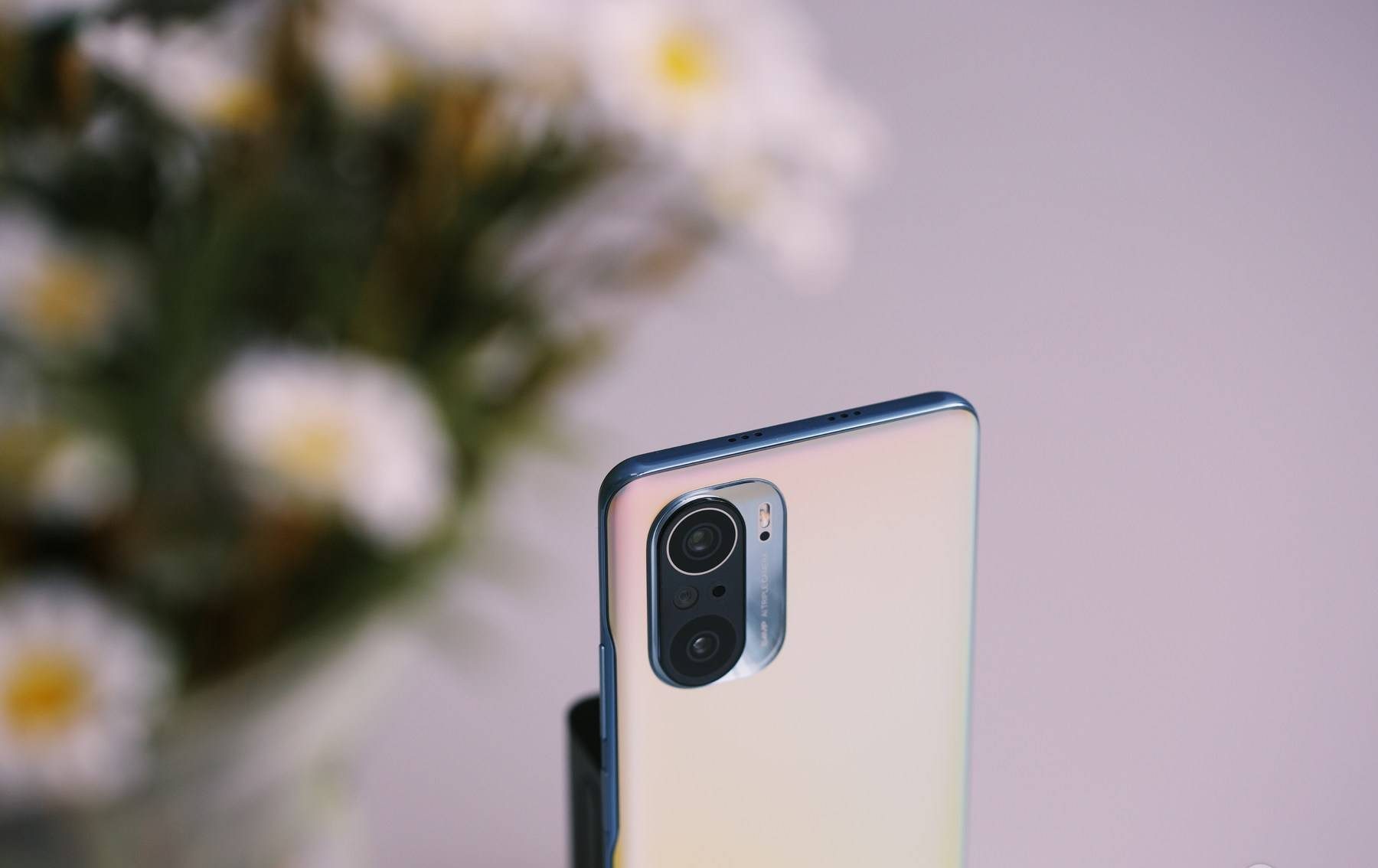
The consistency in appearance actually includes the rear camera module. I believe it is also the result of Redmi’s further consideration of differentiation. In the past, the routine that wanted to directly distinguish the standard version and the Pro version from the appearance did not work on the Redmi K40 series. The difference in the camera is the specifications.
It should be noted that the unlocking method adopted by the Redmi K40 series has been changed to the side fingerprint unlocking integrated into the power button. What is surprising is that due to the new ergonomic fingerprint module, it is in parallel with the normal power button in appearance. There is no difference, the processing becomes the same as the volume key height and is visually integrated.
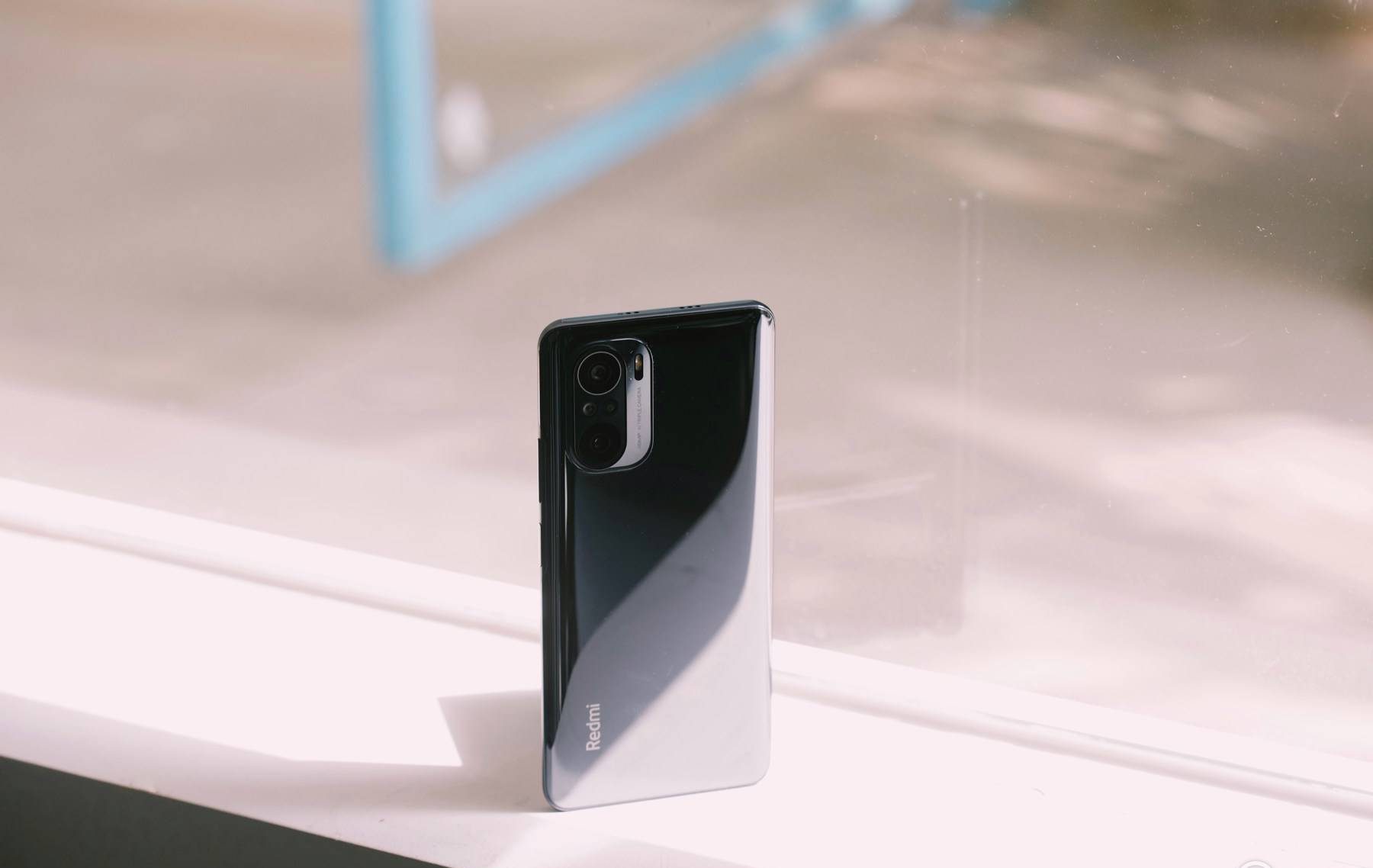
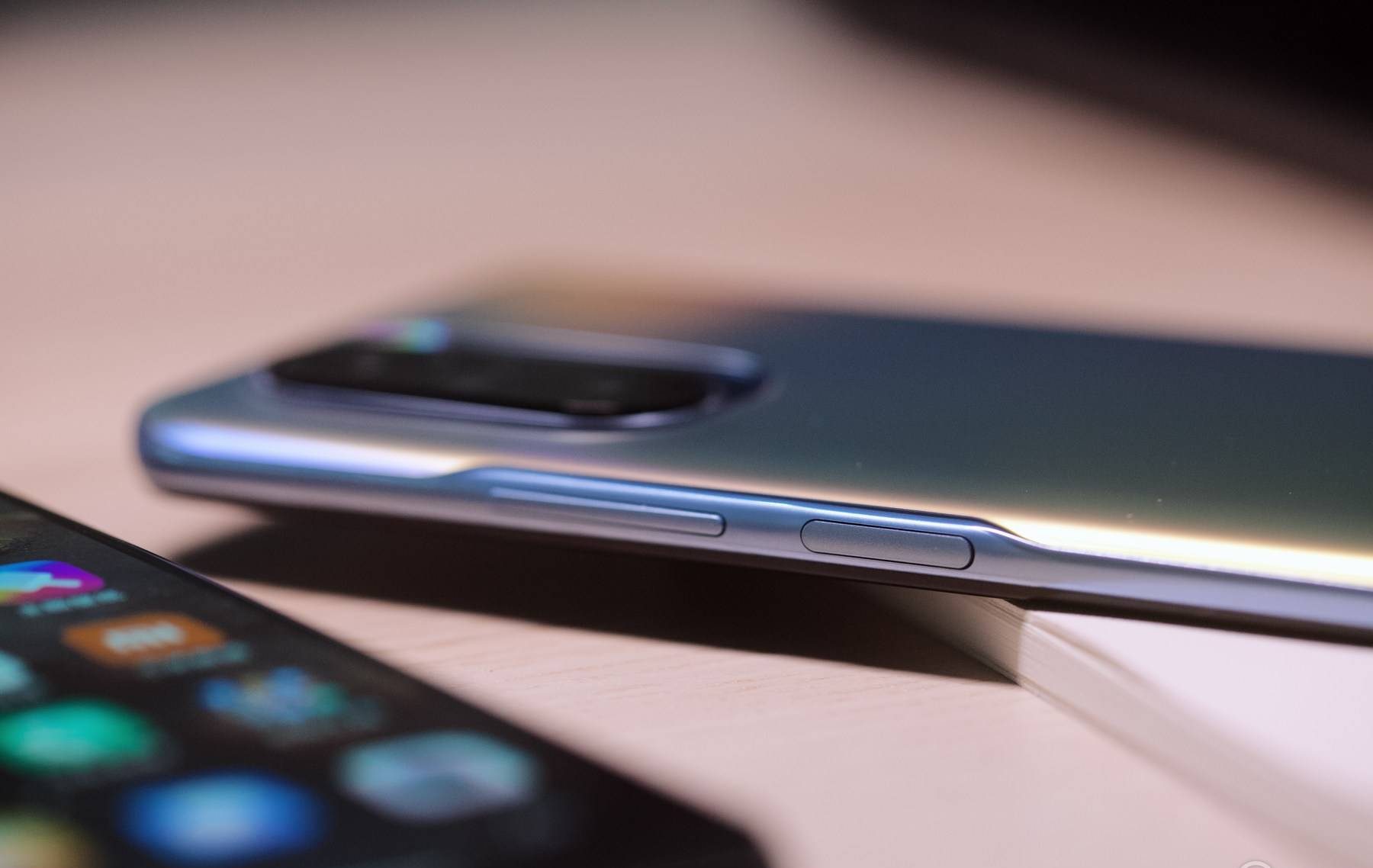
The most conspicuous thing on the front is the centered single-dot front camera, and this 6.67-inch screen is a heavy upgrade of the Redmi K40 series this time, so let’s look at these keywords first:
- E4 luminescent material AMOLED display
- 120Hz refresh rate, 360Hz touch sampling rate
- Peak brightness 1300nit, contrast ratio 5000000:1
- JNCD ≈0.36,ΔE≈0.35
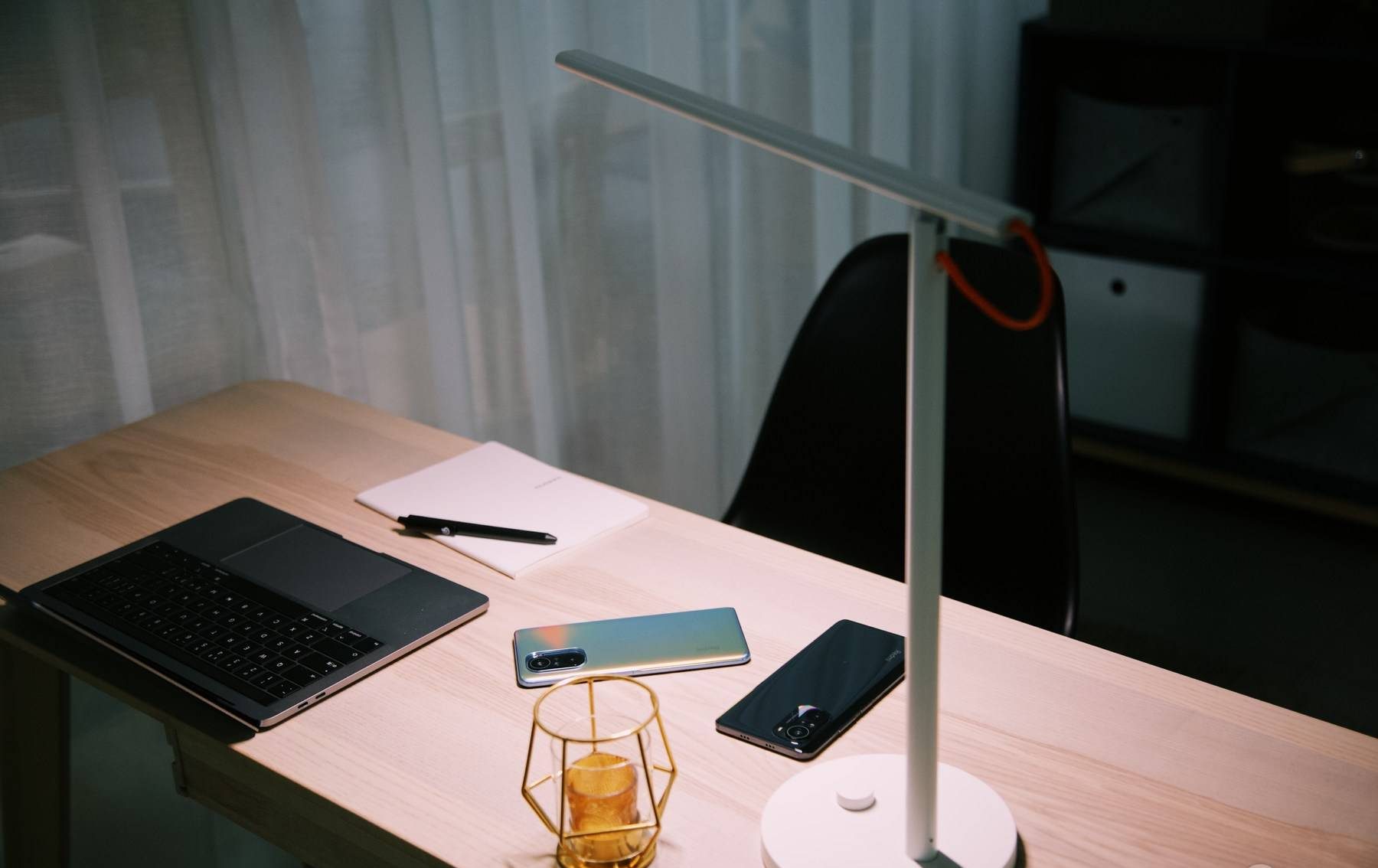
Every parameter is top-notch in the industry, and there is no doubt that the K40 Pro received the highest rating of A+ in the DisplayMate test. It is worth mentioning that this time the True Tone true color display of the Redmi K40 series. The reading experience of the Redmi K40 series in the warm light of the Xiaomi desk lamp and the indoor fluorescent lamp environment is different, that is, the display color temperature changes with the change of the environmental color temperature. From my own naked eye perception, this process is relatively smooth and precise, the eyeball will not be uncomfortable due to sudden changes.
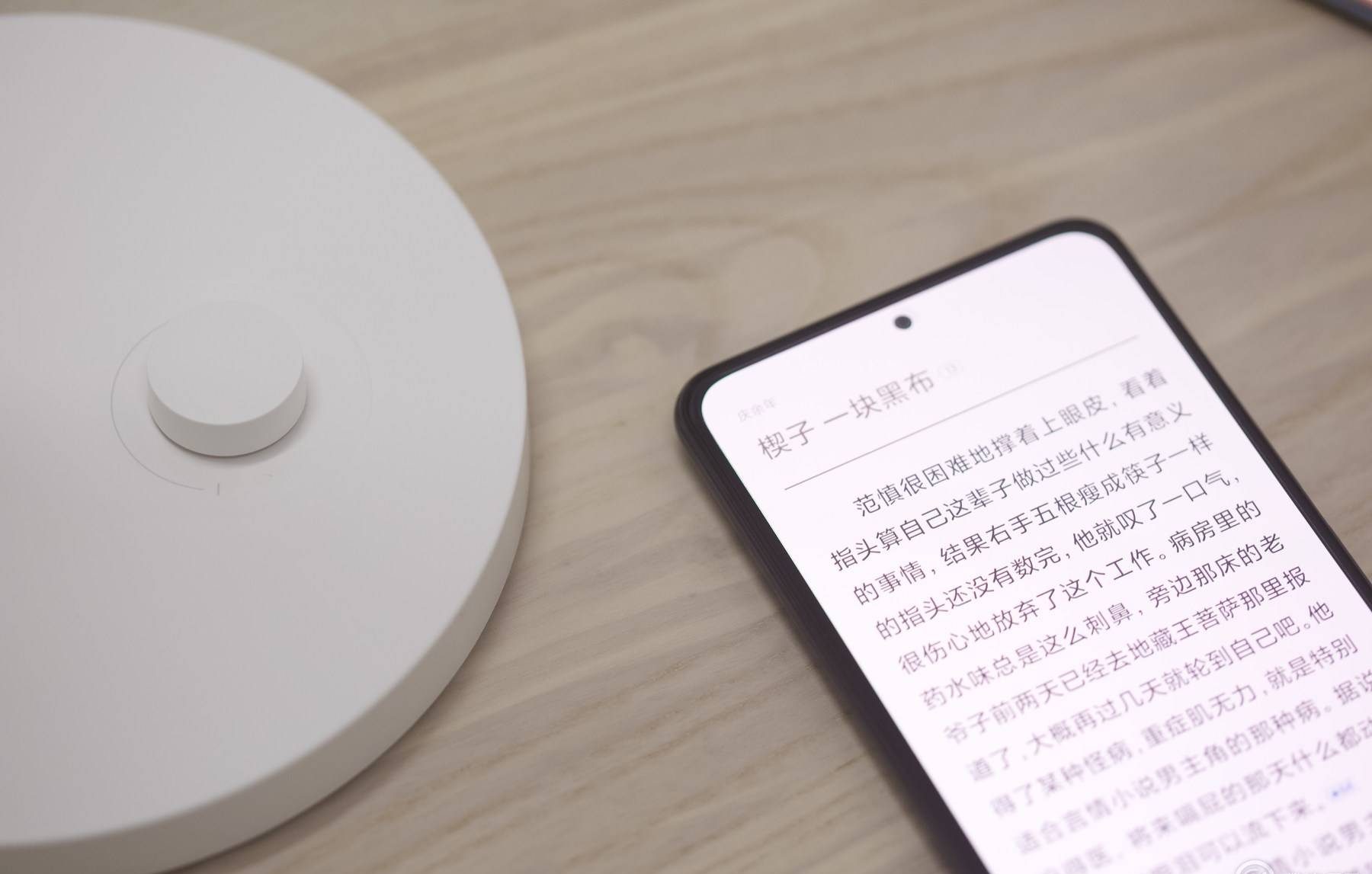
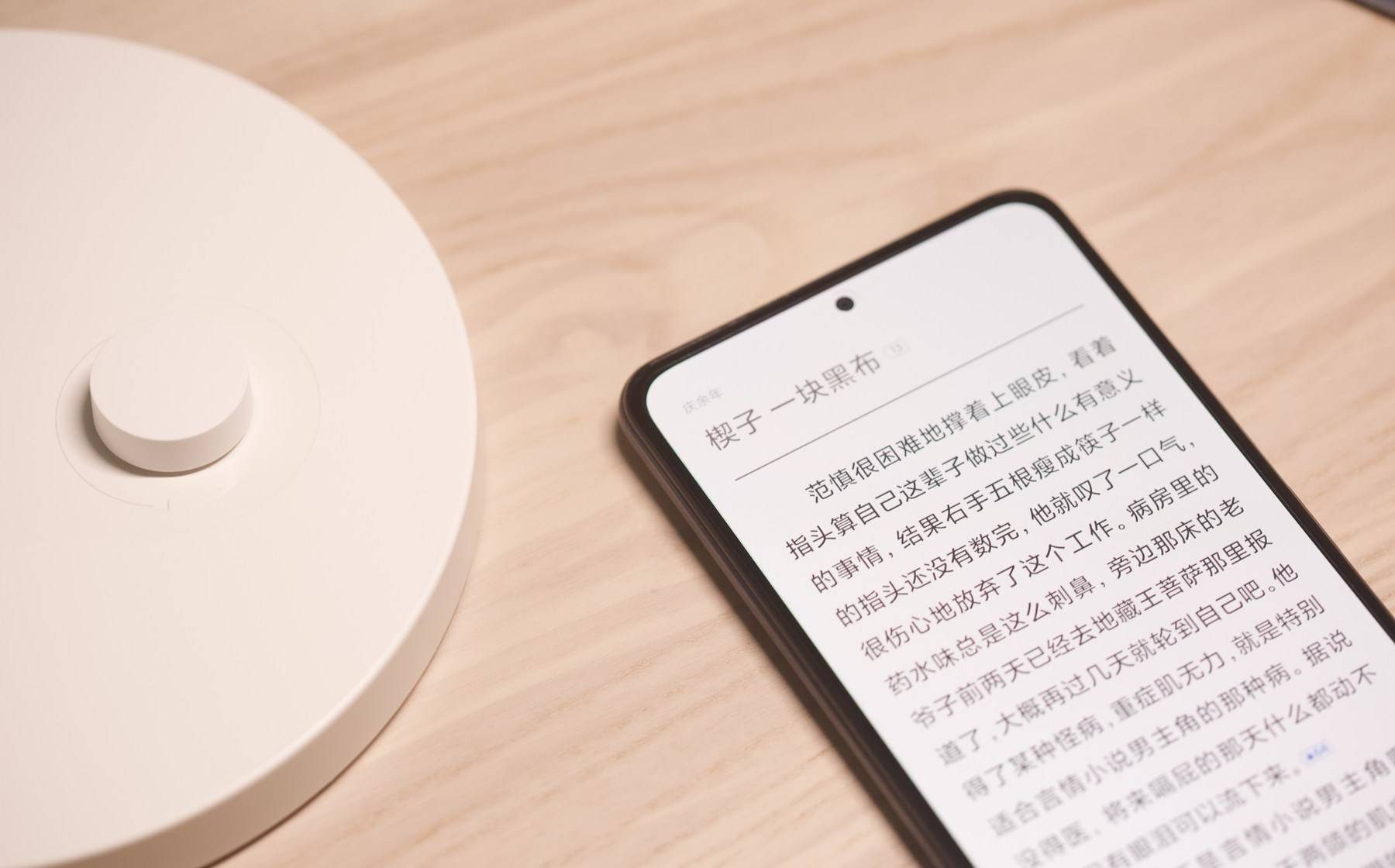
Another thing to talk about separately is the touch sampling rate of 360Hz. Generally speaking, 240Hz is already a high standard for gaming phones. This is the first 360Hz three-finger touch in the industry. This is why the Redmi K40 series has actually focused on games, the touch acceleration on the hardware makes the game operation more accurate, coupled with the full X-axis linear motor, the game experience comes with a bit more realistic simulation. Since this is the case, then the ambition has simply spread to accessories, along with the K40 series, there are
- Big Devil Game Shoulder Button
- Gaming ice cool back clip
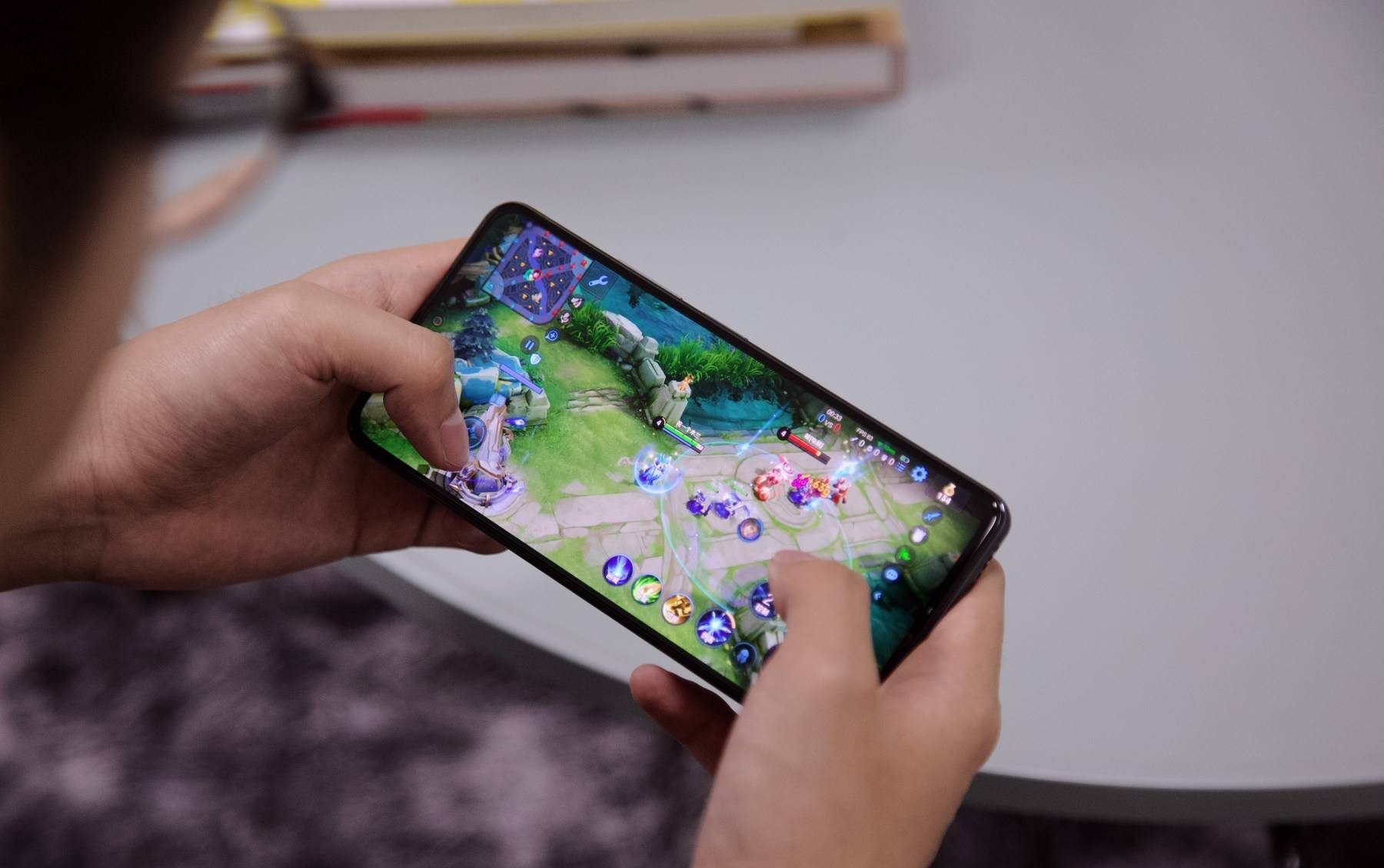
The blessings of the two have to be said indirectly cheating. What is directly linked to the game are battery life, charging, and heat dissipation. The Redmi K40 series still belong to the same specifications. Among them, the charging power is actually not satisfactory:
- 4520 mAh battery capacity
- 33W fast charge
- Liquid cooling three-dimensional heat dissipation
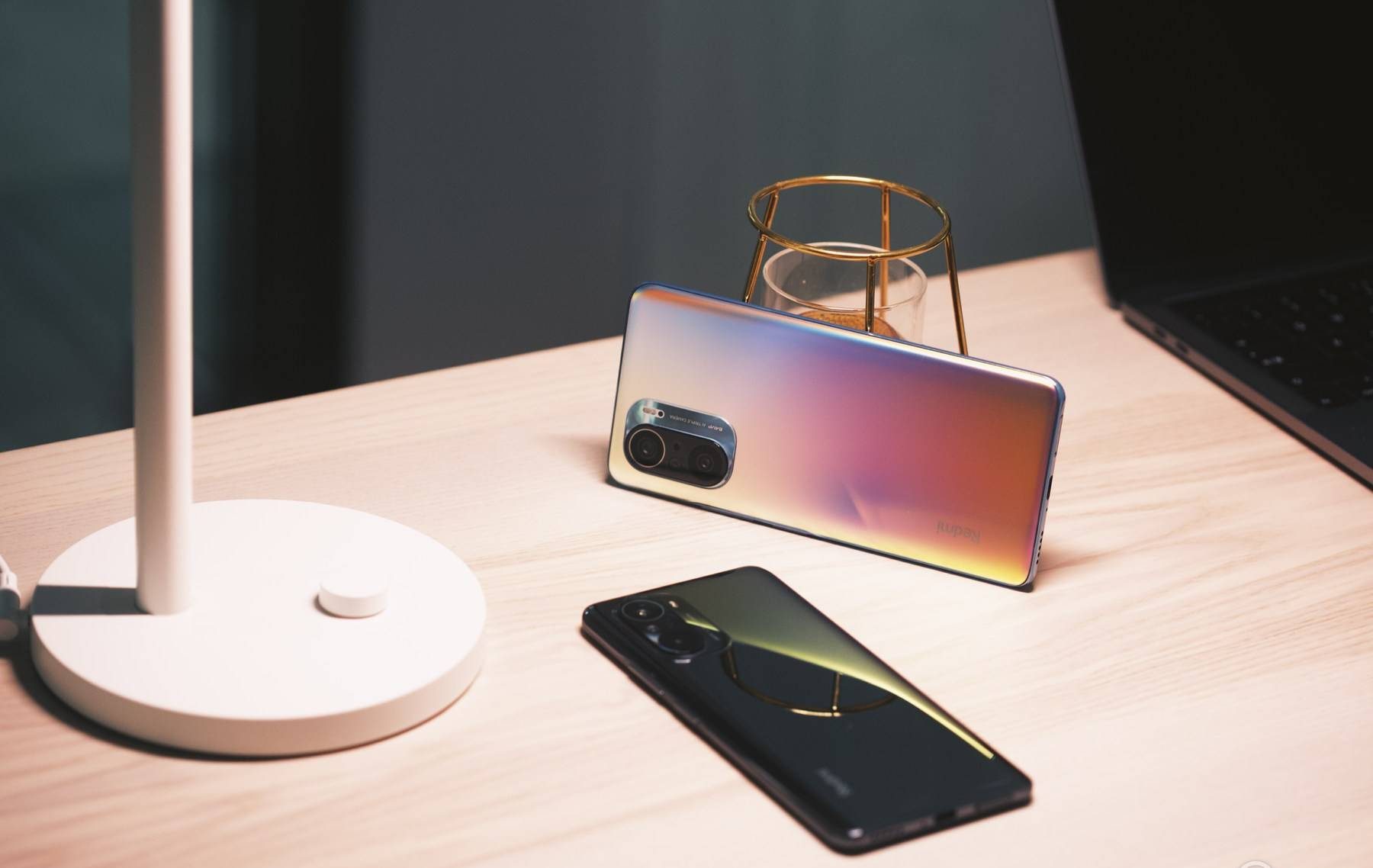
Having said these similarities, we should talk about the differences, that is, the details mentioned above, namely: the difference between the processor, memory, camera, network, and connection. The specific differences are as follows:
- Processor:
Redmi K40: Snapdragon 870
Redmi K40 Pro: Snapdragon 888
- RAM:
Redmi K40:LPDDR5 (5500Mbps)
Redmi K40 Pro:LPDDR5(6400Mbps)
- Storage:
Redmi K40: 6+128GB、8+ 128GB、8+256GB、12+256GB
Redmi K40 Pro: 6+128GB、8+ 128GB、8+256GB
- Rear camera:
Redmi K40: 48MP IMX 582 main camera
Redmi K40 Pro: 64MP IMX 686 main camera
- Network:
Redmi K40: dual-mode5G
Redmi K40 Pro: dual mode 5G, 5G dual card dual standby, 5G dual carrier aggregation
- Connection:
Redmi K40: Wi-Fi 6
Redmi K40 Pro: Wi-Fi 6 enhanced version
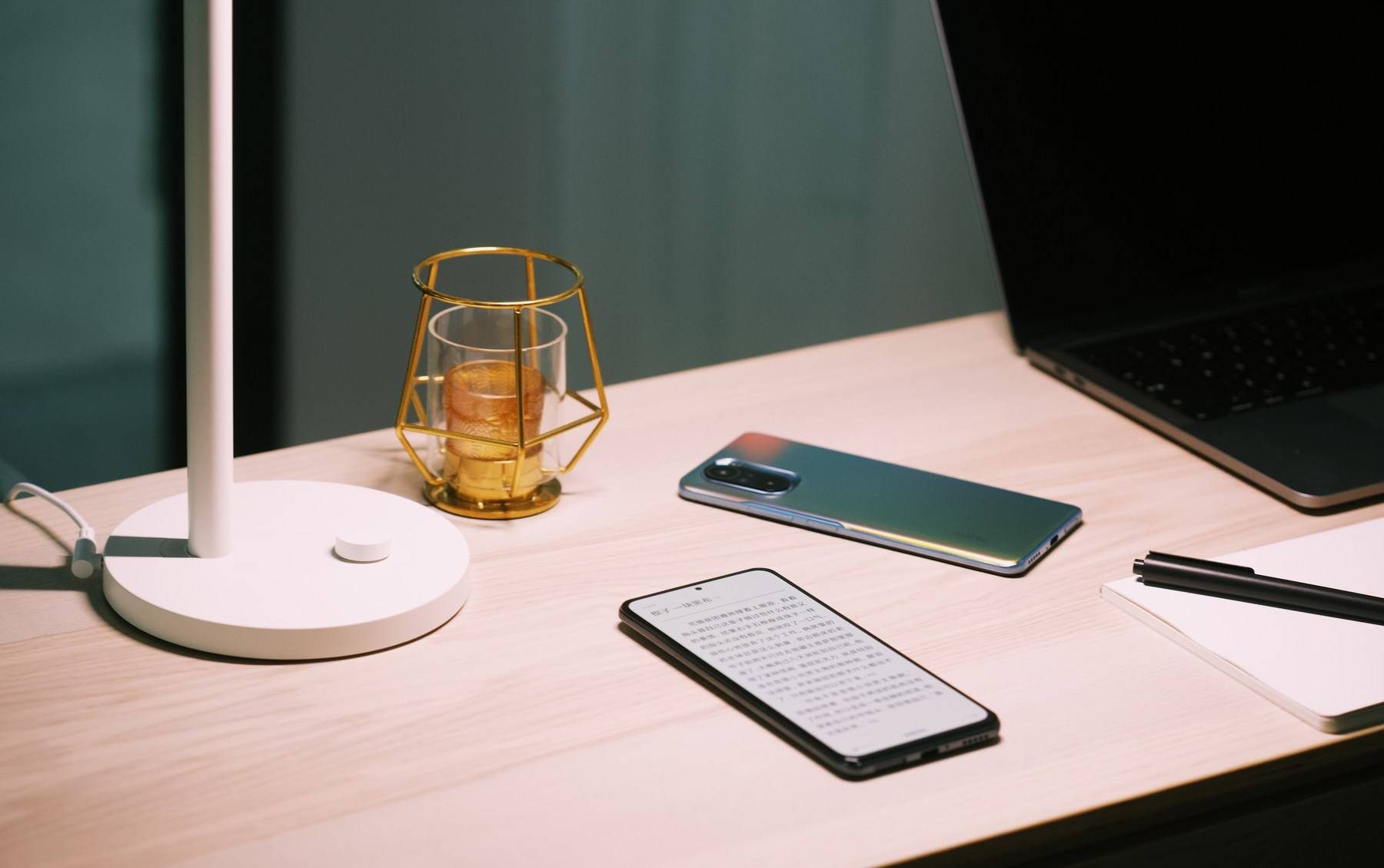
As I said, most of these differences are reflected in the differences in numbers. Returning to the real experience is not easy to detect. Of course, we need to admit: Redmi K40 Pro has better performance, faster data transmission, a more stable network, and slightly different imaging. Take a look at the proofs:


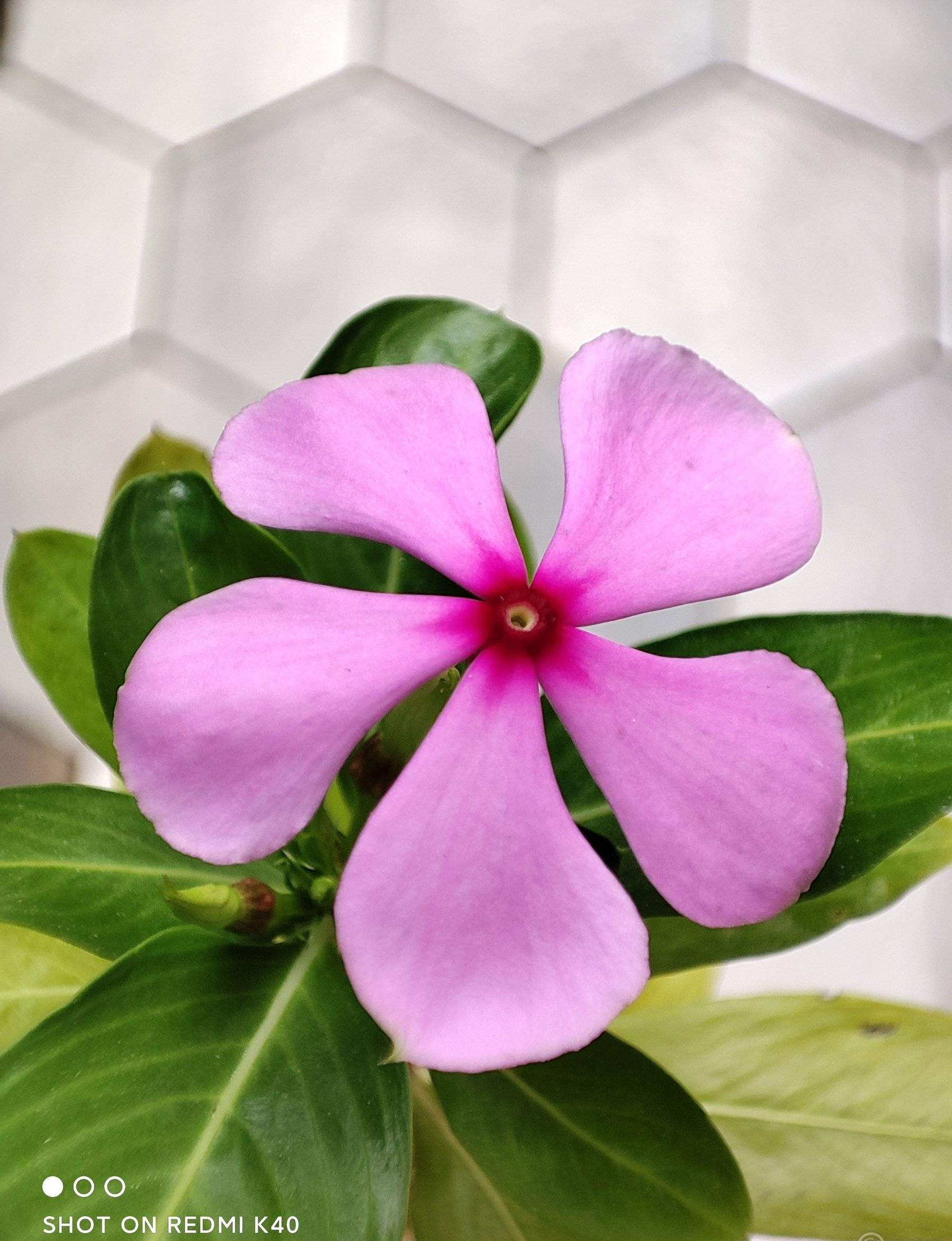


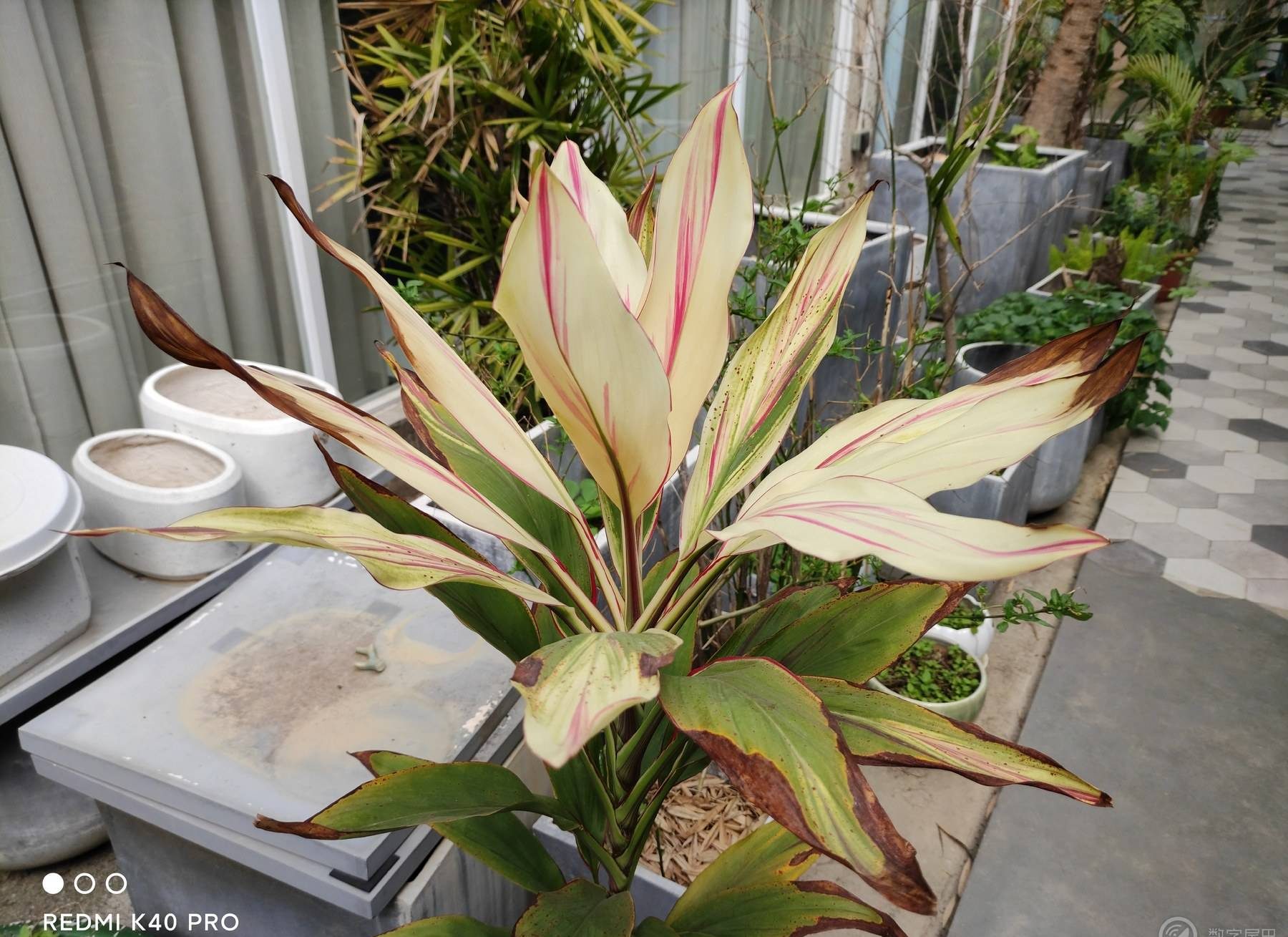
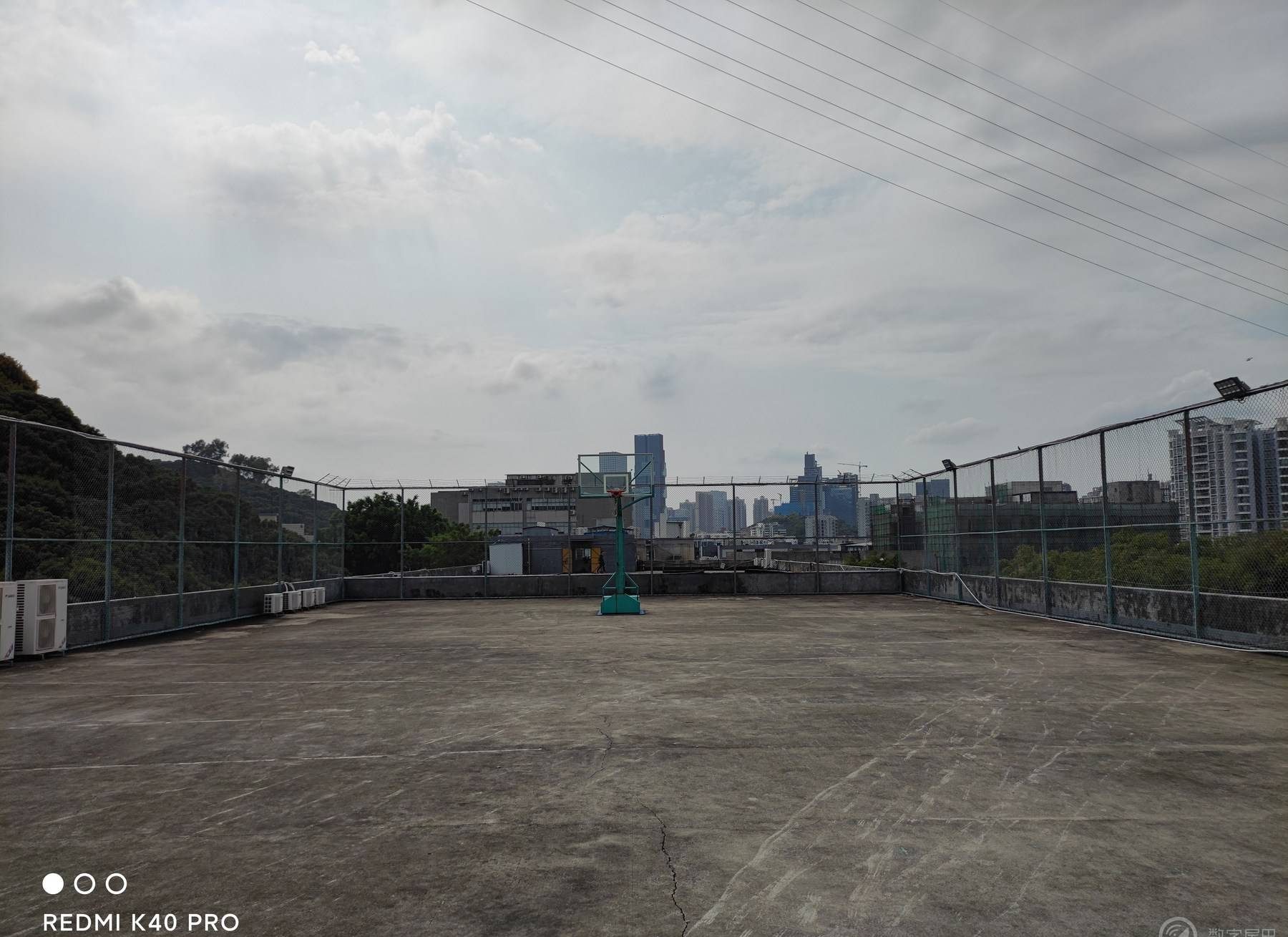

As for the quality, these images can actually be seen, and everyone has a certain thought in their hearts. This is the Redmi K40 series. The subtle differences in configuration make the dual flagship slogan not come out of thin air because they can all be used as high-intensity weapons. Coupled with Redmi’s pricing strategy, we also see what it means flagship.

